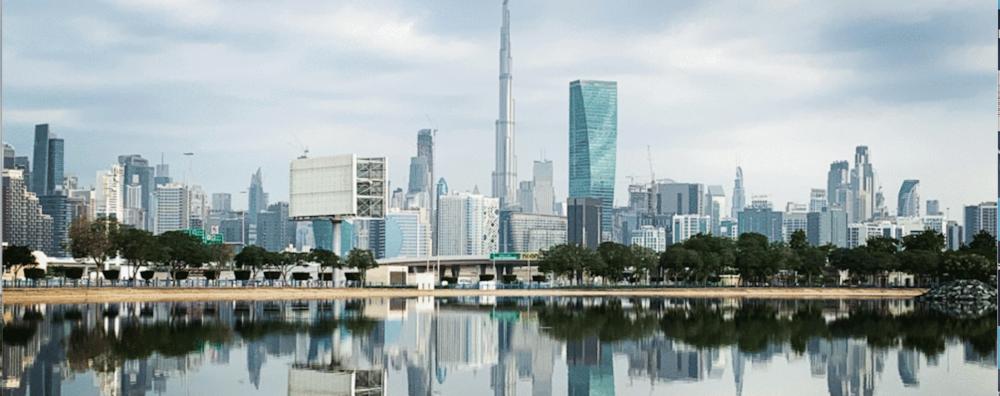“But I DON’T like it!” [Makes face as though I’m about to smother him with acid.]
It’s what I hear every time I put sunscreen on my boys at the pool or beach. “Well, tough,” I reply, barking marching orders. “Stand here, arms out.”
I’m quite determined, because sunscreen is, of course, as essential as sweat-busting deodorant out here. But even so, I then only have about 15 seconds to do a high-speed all-over application before Son1 jumps into the water and swims away like a fish being chased with a net (and yes, I know, I should really apply it before we even leave the house).
My boys have skin with a slight olive hue, thanks to their Lebanese roots, and in five years, we’ve thankfully managed to avoid a bad burn, but for blonde children with a whiter complexion the intense sun in the Middle East is a major concern.
As it also is, on a cosmetic level, for desert-dwelling Mums who don’t want to resemble a leathery handbag by 45. Like many expats whose path to Dubai has included postings in Singapore, Hong Kong and other hot countries, we’ve spent time living in Florida, as well as the sun-drenched UAE, and so I thought I knew all there was to know about sun safety.
Turns out I didn’t: I learnt yesterday that many sunscreens aren’t as good as we think they are.
Rates of melanoma – the deadliest skin cancer – have tripled over the past 35 years, and part of the reason could be the decades of deceptive marketing claims made by sunscreen manufacturers, according to the US’s Washington DC-based Environmental Working Group (EWG).
We all know, by now, the old rules: Look for products with an SPF of 15 to 50, labeled “broad spectrum protection” (meaning they protect against both UVA and UVB rays); reapply every two hours; keep babies younger than 6 months out of the sun; and avoid the really harsh sun between 10am and 2pm.
To these, we’re now being urged to add the following new rules:
Higher SPF values (above 50) are misleading: Go on, admit it – if you see an SPF of 75, isn’t it tempting to think you can enjoy the sun 75 times longer before you burn? Not so. These products encourage us to apply too little sunscreen and stay in the sun too long; in the US, there are even calls to ban the sale of sunscreens with SPF values greater than 50+.
Avoid sprays: With my two boys already thinking suntan lotion is “just for girls”, I was dismayed to read that this easy-application method is frowned upon. The concern is twofold: that not enough sunscreen makes it onto the skin, and that the spray may be inhaled into the lungs.
After a swim or sweating, reapply: Under new rules in the US, companies are now prohibited from making misleading advertising claims such as “sunblock”, “waterproof” and “sweat-proof.” Labels must also note a time limit of either 40 or 80 minutes before the sunscreen is ineffective.
Be generous: Aim for a golfball-size dollop, or roughly one teaspoon per limb. Use too little and your SPF 15 won’t work effectively, becoming more like an SPF 4.
Read the ingredients: Avoid products with vitamin A, retinol or its derivatives (such as retinyl palmitate and retinyl acetate). Although the jury’s out, Canadian health authorities are worried that the additives increase sun sensitivity. They’ve even proposed requiring that sunscreens with retinyl palmitate carry a warning saying they can increase the chance of sunburn for up to a week.
Steering clear of products containing oxybenzone, a chemical that may disrupt hormones, is also advised. Opinion is, again, divided (many scientists say the effect is so weak as to be insignificant), but the EWG recommends products that use zinc oxide and titanium dioxide as active ingredients.
Opt for fragrance-free: Scents bring more unnecessary chemicals and potential allergens to the mix.
For a list of the EWG’s best sunscreens (such as Coppertone Kids Pure & Simple Lotion, SPF 50), click here
A list of the best moisturisers with SPF can be found here
Safe tanning fellow sun worshipers. Circles x


